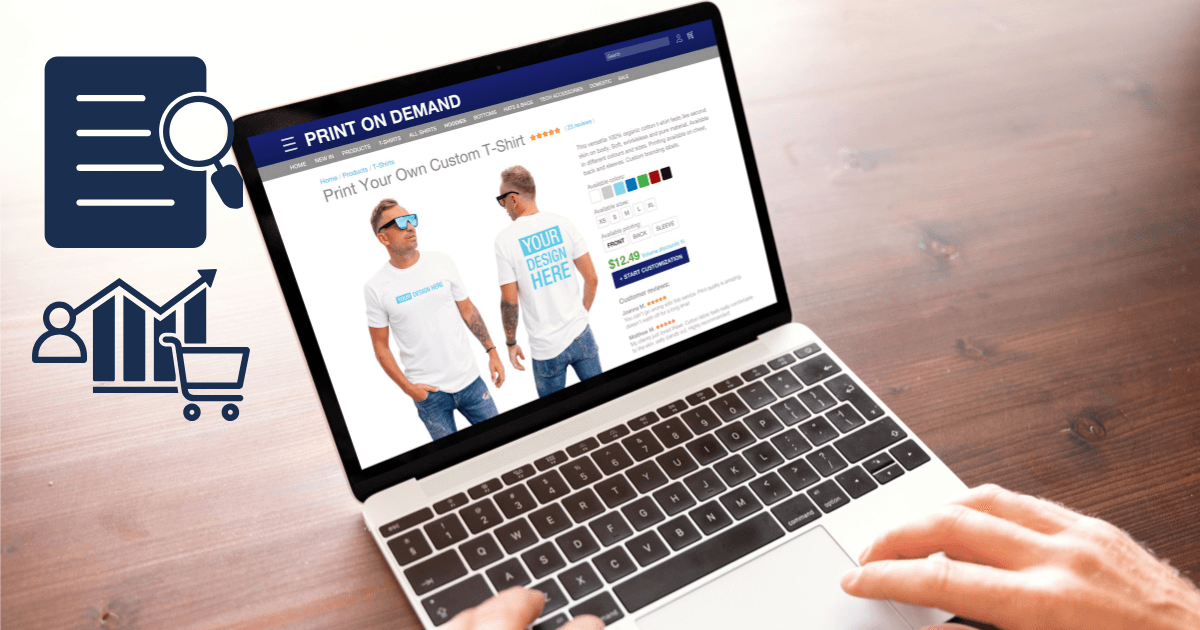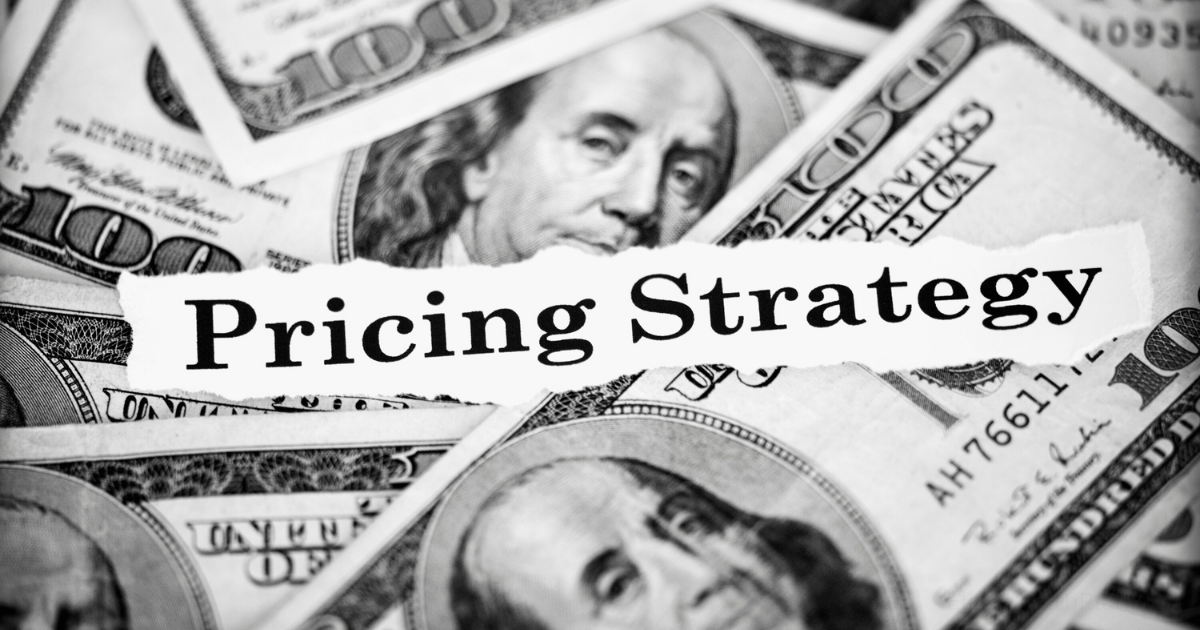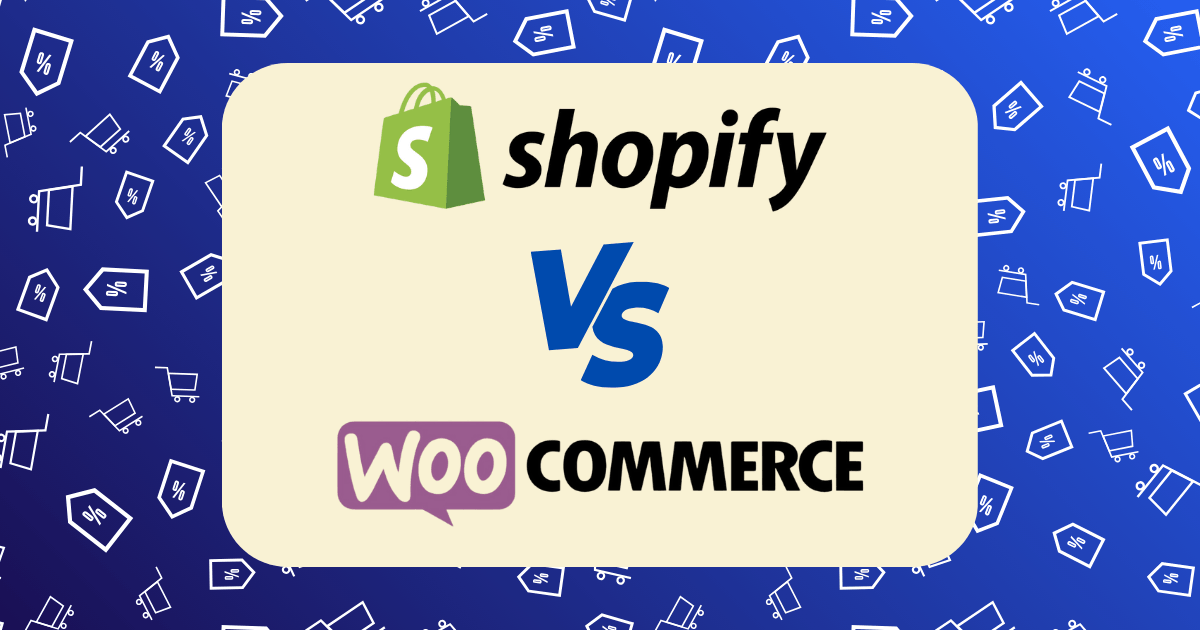Abandoned Cart Recovery Emails That Recaptured $12,000 in Lost Sales Last Month

In the world of e-commerce, few metrics are as simultaneously frustrating and full of opportunity as cart abandonment rates. When I first launched my online business, I watched in dismay as nearly 75% of potential customers added products to their carts only to disappear without completing their purchase—a statistic that aligns perfectly with the industry average of 74.7% according to Shopify’s research.
What I didn’t realize then was that these abandoned carts weren’t just lost sales—they were opportunities waiting to be reclaimed through strategic communication. After implementing a data-driven abandoned cart recovery email system, we managed to recapture $12,000 in sales last month alone that would have otherwise been lost forever.
Today, I’m sharing the exact email templates, timing strategies, and psychological triggers that made this possible—strategies you can implement immediately in your own business.
The Psychology of Cart Abandonment: Understanding the Problem
Before diving into solutions, it’s essential to understand why customers abandon their carts in the first place. According to a survey of 19,000 consumers referenced by Rejoiner, the top reasons include:
- 56% – Unexpected costs (shipping, taxes, fees)
- 37% – Just browsing/not ready to buy
- 36% – Found better prices elsewhere
- 32% – Overall price too expensive
- 26% – Decided against buying
Understanding these motivations is crucial because effective recovery emails must address the specific concerns that led to abandonment. For instance, an email addressing shipping costs won’t help someone who was just browsing without serious purchase intent.
Our Three-Email Recovery Sequence
After extensive testing, we developed a three-email sequence that consistently delivers results. Here’s the framework that helped us reclaim $12,000 in a single month:
This initial email achieved a 47% open rate—significantly higher than the industry average of 41.18% reported by ConvertCart. The key elements that made this email effective were:
- Personalization: We included the customer’s name and a high-quality image of the exact product they abandoned
- Helpful tone: Rather than being pushy, we positioned the email as a service (“We’ve saved your items for you”)
- Social proof: We included the average rating for the abandoned product
- Clear CTA: A prominent “Return to Your Cart” button in a contrasting color
Results: This email alone recovered 42% of our total recaptured revenue ($5,040).
For customers who didn’t respond to the first email, this follow-up focused on addressing potential objections and reinforcing value. Key elements included:
- Customer service focus: Offering assistance with any questions or concerns
- Product benefits: Highlighting key features and benefits of the abandoned items
- Customer testimonials: Including a brief review from a satisfied customer
- Secondary CTA: In addition to the cart recovery button, we added a “Contact Support” option
Results: This email recovered an additional 33% of our recaptured revenue ($3,960).
This final email created urgency and offered a modest incentive to overcome any remaining price objections:
- Limited-time discount: 10% off if they complete their purchase within 24 hours
- Scarcity: Mentioning that their saved cart will expire soon
- Objection handling: Addressing common concerns about shipping and returns
- Final CTA: Creating urgency with “Complete Your Purchase Now”
Results: This email recovered the remaining 25% of our recaptured revenue ($3,000).
The Data-Driven Approach That Made the Difference
What separated our approach from standard abandoned cart emails was our commitment to continuous testing and optimization based on data. Here are the key insights that dramatically improved our results:
1. Optimal Timing Is Everything
Through A/B testing, we discovered that sending the first email exactly 58 minutes after abandonment yielded a 23% higher open rate than waiting 2 hours or more. This aligns with research from Omnisend showing that emails sent within the first hour capture customers while purchase intent is still high.
2. Subject Line Psychology
We tested 27 different subject lines before identifying our winning formulas. The data showed that:
- Subject lines creating curiosity (like “You left something special behind…”) outperformed direct reminders (“Your cart is waiting”) by 31%
- Including the customer’s name in the subject line increased open rates by 17%
- Question-based subject lines in the second email improved engagement by 24%
3. The Power of Social Proof
When we added customer reviews to our second email, click-through rates increased by 36%. This finding is supported by Moosend’s research, which shows that social proof can significantly reduce purchase anxiety.
4. Strategic Incentives
Contrary to popular advice, we found that offering discounts in the first email actually decreased overall recovery value. By reserving the 10% discount for the third email only:
- We avoided training customers to abandon carts for discounts
- We maintained higher margins on the 75% of recoveries that happened without discounts
- We still captured price-sensitive customers who needed that extra push
Avoiding the Spam Folder: Deliverability Tactics
One challenge we had to overcome was email deliverability. According to TargetBay’s analysis of over 750 abandoned cart emails, 36.97% end up in spam folders, rendering them useless.
We implemented several technical optimizations to ensure our emails reached inboxes:
- Authentication protocols: Implementing DKIM, SPF, and DMARC records
- Engagement segmentation: Only sending to customers with previous email engagement
- Clean HTML: Avoiding spam triggers like excessive images or misleading subject lines
- Consistent sending domain: Using our primary domain rather than a third-party service
These technical improvements increased our inbox placement rate to 94%, significantly outperforming the industry average of 9.74% reported by TargetBay.
Psychological Triggers That Boosted Conversions
Beyond the technical aspects, we incorporated specific psychological triggers in our emails that dramatically improved conversion rates:
1. Loss Aversion
We framed cart abandonment as a potential loss (“Don’t miss out on…”) rather than a potential gain, tapping into the psychological principle that people are more motivated to avoid losses than to achieve equivalent gains.
2. Ownership Bias
By using language that implied ownership (“Your items are waiting” rather than “The items you viewed”), we leveraged the endowment effect—people value things more highly once they feel they own them.
3. Cognitive Ease
We simplified the return process by including a prominent one-click button that took customers directly to their fully-loaded cart, removing friction points that might prevent conversion.
4. Reciprocity
By offering helpful information and resources in our second email without asking for anything in return, we triggered the reciprocity principle—people feel obligated to give back when they receive something.
Implementation Challenges and Solutions
Implementing our abandoned cart recovery system wasn’t without challenges. Here’s how we overcame the most significant obstacles:
Challenge #1: Technical Integration
Our e-commerce platform had limited native capabilities for sophisticated email sequences.
Solution: We integrated a specialized email marketing platform with our e-commerce system using API connections, allowing for real-time triggering based on cart abandonment events.
Challenge #2: Customer Privacy Concerns
With increasing privacy regulations, we needed to ensure our abandoned cart emails were fully compliant.
Solution: We implemented a clear opt-in process during the initial checkout phase and included easy unsubscribe options in all recovery emails, maintaining a balance between effectiveness and respect for privacy.
Challenge #3: Email Fatigue
Some customers were receiving multiple types of emails from our brand, leading to potential email fatigue.
Solution: We implemented a unified communication calendar and suppression rules to ensure no customer received more than one marketing email per day, regardless of trigger type.
Measuring Success: Beyond Revenue
While the $12,000 in recovered revenue was our headline metric, we tracked several other key performance indicators to gauge the true impact of our abandoned cart email strategy:
- Recovery rate: 21% of abandoned carts were recovered (industry average is 10-20%)
- Average order value: Recovered carts had a 12% higher AOV than standard purchases
- Customer lifetime value: Customers who completed a purchase after receiving recovery emails showed a 23% higher lifetime value
- ROI: For every $1 spent on our abandoned cart email program, we generated $41 in recovered revenue
Implementing This System in Your Business
If you’re inspired to implement a similar system for your business, here’s a step-by-step approach:
Step 1: Audit Your Current Abandonment Rate
Before implementing any solution, establish your baseline metrics:
- What percentage of carts are being abandoned?
- At what stage in the checkout process does abandonment occur?
- What is the average value of abandoned carts?
Step 2: Set Up Proper Tracking
Ensure your e-commerce platform is properly configured to:
- Capture email addresses before checkout completion
- Track which products are abandoned
- Record the time of abandonment
Step 3: Design Your Email Sequence
Create your three-email sequence following our framework:
- Email #1: Gentle reminder (1 hour after abandonment)
- Email #2: Value proposition (24 hours after abandonment)
- Email #3: Incentive offer (72 hours after abandonment)
Step 4: Test and Optimize
Continuously test different elements of your emails:
- Subject lines
- Send times
- Email content and design
- Incentive types and amounts
Step 5: Analyze and Refine
Regularly review your performance metrics and refine your approach:
- Which emails have the highest open rates?
- Which emails drive the most recoveries?
- What types of products are most frequently recovered?
Conclusion: The Untapped Potential in Your Abandoned Carts
The $12,000 we recaptured last month represents just a fraction of the potential value sitting in abandoned carts across e-commerce businesses. With cart abandonment rates hovering around 70% industry-wide, implementing an effective recovery email strategy isn’t just an option—it’s an essential component of e-commerce success.
By understanding the psychology behind abandonment, crafting strategic recovery emails, and continuously optimizing based on data, you can transform what was once a source of frustration into a reliable revenue stream.
Remember: Every abandoned cart isn’t a lost sale—it’s a sales conversation that’s merely been interrupted. With the right follow-up strategy, you can resume that conversation and guide customers to the completion of their purchase journey.
Have you implemented abandoned cart recovery emails in your business? What strategies have worked best for you? Share your experiences in the comments below.







